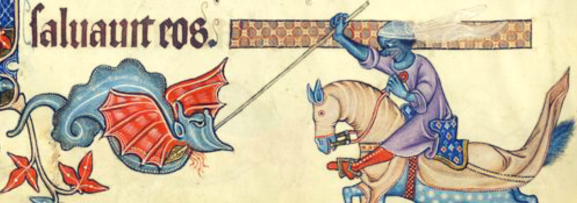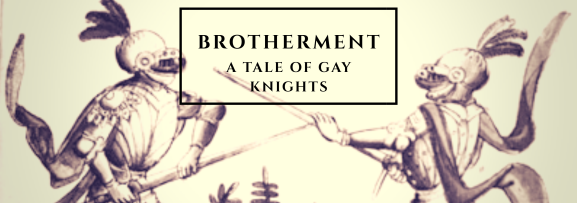
For anyone who has ever read high fantasy or history books, one might have run into the concept of knights. Their glistening armor, their prowess in battle, their role within society, the wars they fought, are typically the focus of many readers, but one of the things that have not been thoroughly explored is affrerement, or the civil union that existed between knights in the Medieval era. In this article, I will explore this practice and how it affected the knights who entered into this civil union. I’ll also throw in some pictures of knights battling snails for fun.
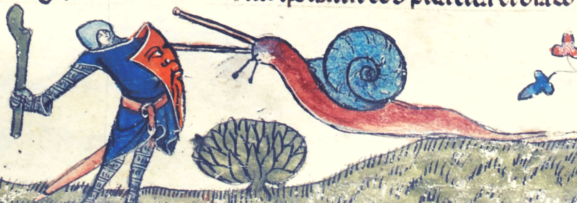
Before we devel into the Brotherment between knights, let’s first take a look at the role that “traditional,” played during this time. For centuries, marriages have historically been used as a contract to provide some sort of benefit between the two parties involved. Some examples would be the unification of two countries/monarchies, to preserve or elevate the status of a family, or to follow their religious leader’s orders.
For the nobility, marriage was seen as a financial contract. The practice of marrying out of love wasn’t common. In the Middle Ages, people outside of the Nobility class rarely got married. When you’re poor, there’s very little benefit of getting married during that time, they simply moved in with their partner.

As with most things in life, nuances are born which “complicates,” matters. In this instance, it was the issue of how siblings should inherit their parent’s wealth after they’ve passed away. This issue was what brought about “affrerement,” to the people of France. Affrerement (or “brotherment,” as it translates to) meant that people who entered into that union shared financial assets with one another. However, it did not take long before non-relatives to enter into a brotherment union with one another (1).
In these unions, vows were often taken that sounded a lot like the vows we make at wedding ceremonies today. They promised each other that they will share “one bread, one wine, one purse,” and the signing of this contract was often celebrated in front of friends and family.
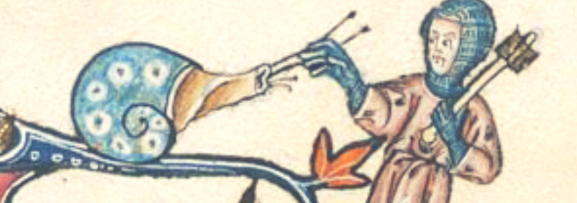
Since affrerement was only beneficial to the higher classes of society, and because most marriage contracts were made with the intention of producing an heir for the family, this left brotherment as a viable option only to the few. Monks and clergy could not marry and had few materials possesses. The Nobility was expected to marry and produce children. The knights, however, had money and (some) owned land. Affrerement was an attractive option for them that they were perfectly well in their rights to take.
Some knights that entered into a brotherment union together was buried next to each other after death. Also, the fact that these unions were a source of celebration within the community, the affrerement between two men may have been viewed the same as the start of a new household. However, this practice did not last throughout the middle ages, but for a brief time, queer knights had access to same-sex unions.
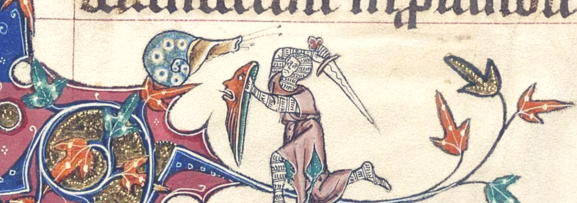
I hope you enjoyed this article. If you learned something from your time here, might you consider donating to my coffee fund so that I may fuel my writing endeavors with caffeine and mischief? Thank you. 😘
References
1. University of Chicago Press Journals. (2007, August 25). Are Homosexual Civil Unions A 600-year-old Tradition?. ScienceDaily. Retrieved March 7, 2019 from http://www.sciencedaily.com/releases/2007/08/070823110231.htm
